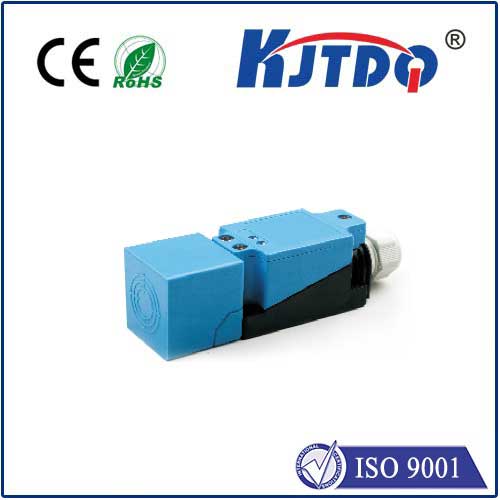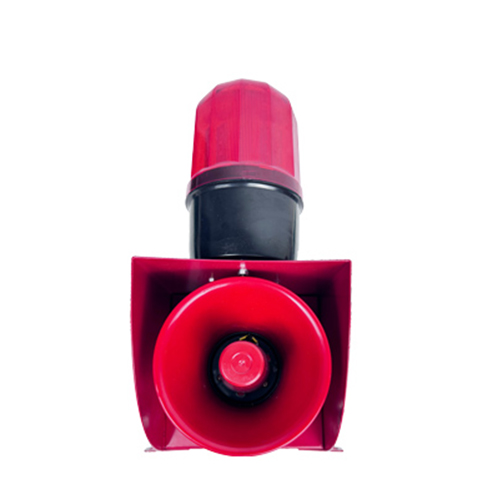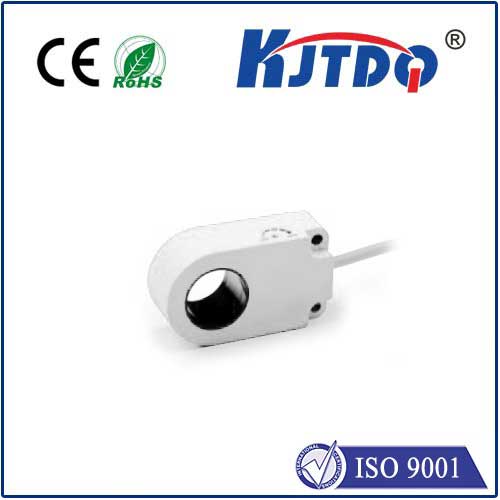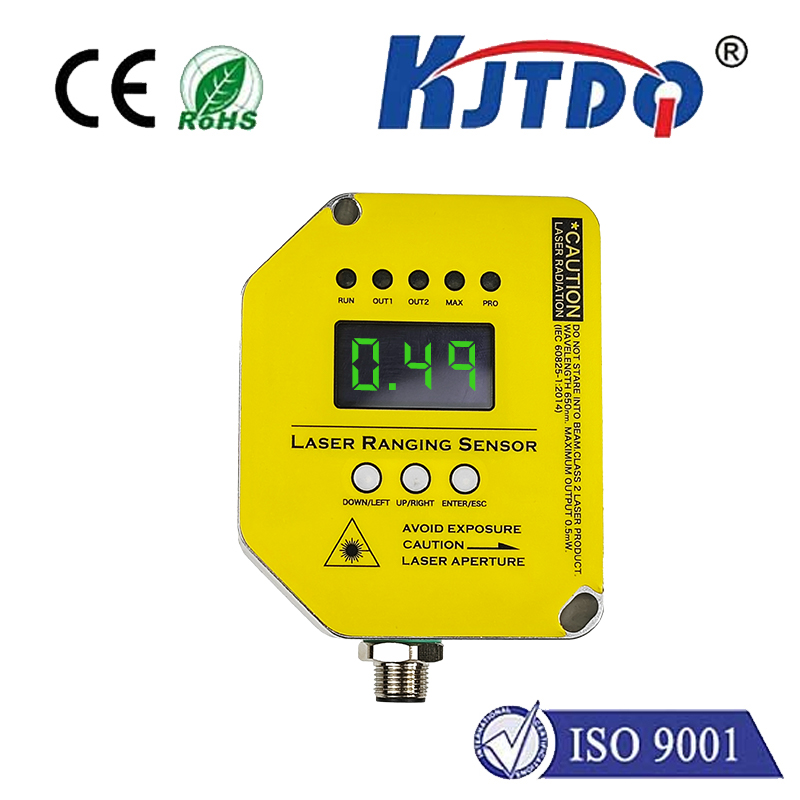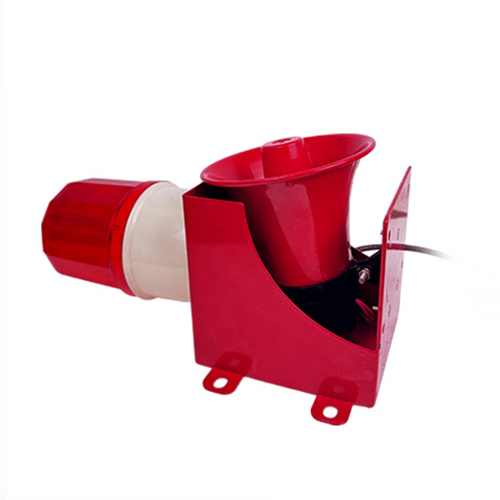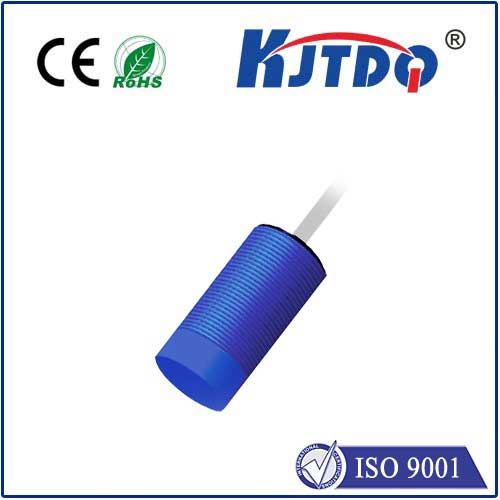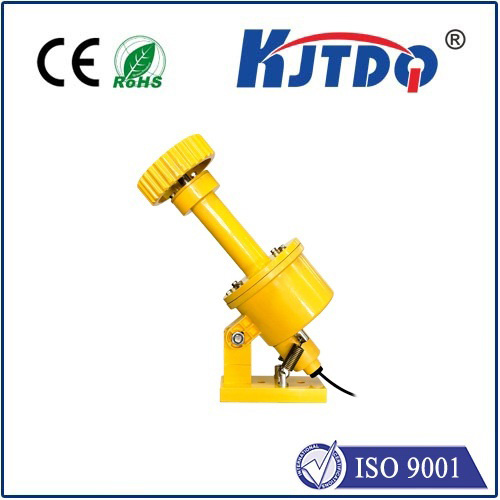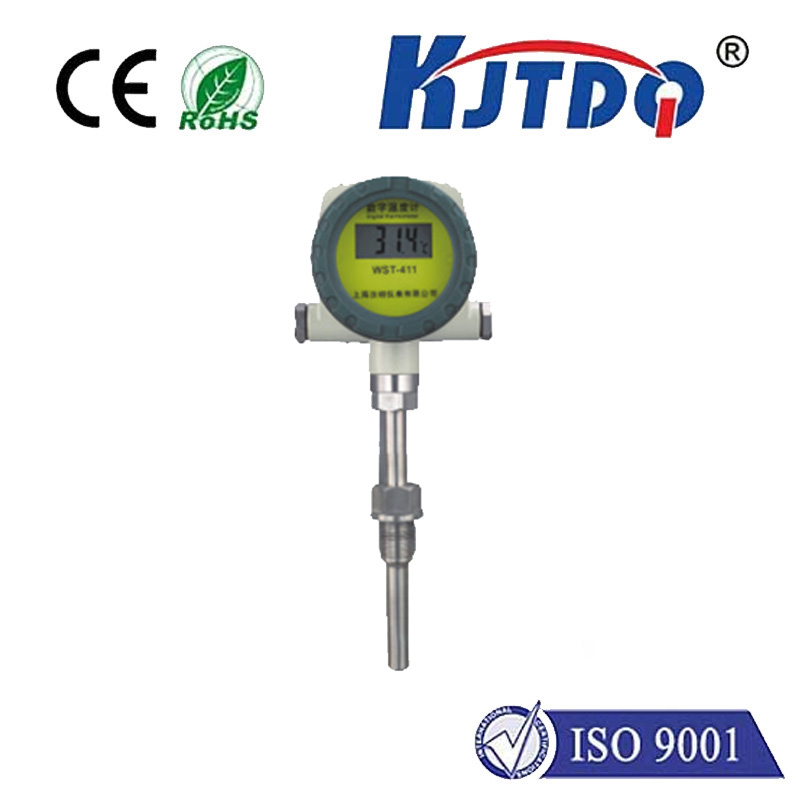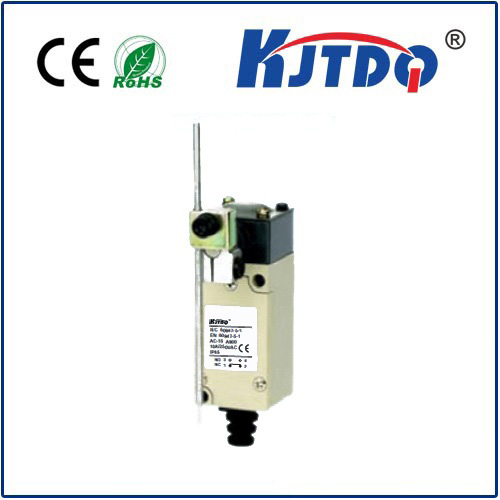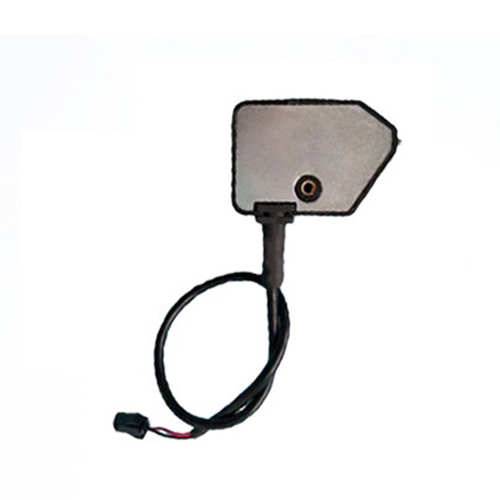

check

check

check

check

check

check

check

check

check

check
Title: Understanding Reed Limit Switch and Its Importance in Electrical Circuits
Introduction to Reed Relays and Their Applications
Reed relays, also known as reed switches or reed limiters, are a type of electrical switch that relies on the mechanical actuating power of thin metal strips called reeds. These switches are commonly used in a variety of applications due to their high reliability, low contact resistance, and simple operating principles. In this article, we will explore the working principle of reed relays, their advantages over other types of switches, and some common uses in electrical circuits.
Working Principle of Reed Relays
The principle behind the operation of a reed relay lies in the interaction between the metal contacts and the movable reed. When a voltage is applied between the two contacts, it causes the metalstrips to bend towards each other. As the metalstrips move closer together, they generate an electromechanical force that acts on the movable reed. This force causes the reed to pivot, opening or closing the switch contacts and completing the circuit. The distance between the contacts determines whether the switch will open or close, with no contact being present when the switch is in its off state.
Advantages of Reed Relays
Reed relays offer several advantages over other types of switches, including:
1. High reliability: Reed relays have a long operational life due to their simplicity and minimal moving parts. They can operate continuously for thousands of cycles without fail.
2. Low contact resistance: The thin metal strips used in reed relays have low contact resistance, making them ideal for use in applications where high current needs to be drawn from a single conductor.
3. High switching speed: Reed relays can achieve fast switching speeds, making them suitable for applications where rapid control of electrical signals is required, such as in automotive and industrial control systems.
4. Easy to implement: Reed relays are relatively easy to install and configure, requiring only basic knowledge of electrical circuits and basic wiring techniques.
Common Uses of Reed Relays in Electrical Circuits
Reed relays are widely used in a variety of applications, including:
1. Sensor controls: Reed relays are often used as sensors in control systems to detect changes in the environment or internal conditions of devices. For example, they can be used to detect motion, temperature, light levels, or pressure changes.
2. Timers and counters: Reed relays can be used as timers or counters to generate periodic pulses or counts for specific durations or frequencies. This is useful in applications such as alarm clocks, motor starters, and industrial process control systems.
3. Motor control: Reed relays are frequently used in motor control applications due to their high switching speeds and ability to handle high currents. They can be used to switch between different directions or speeds of motors, as well as to control start and stop functions.
4. Emergency lighting: Reed relays can be used in emergency lighting systems to control the activation of lights in response to various triggers, such as smoke detection or fire alarms. This ensures that lights are quickly activated in case of an emergency situation.
Conclusion
In conclusion, reed relays are an essential component of many electrical circuits due to their high reliability, low contact resistance, and simple operating principles. Their versatility makes them suitable for a wide range of applications
